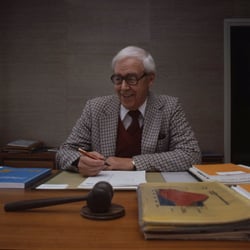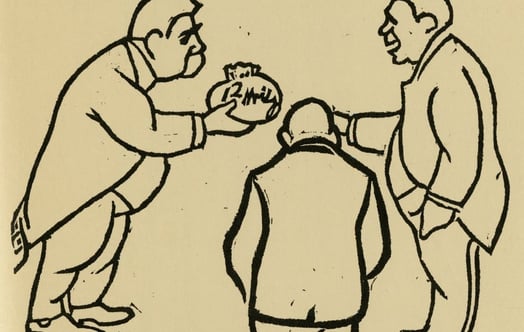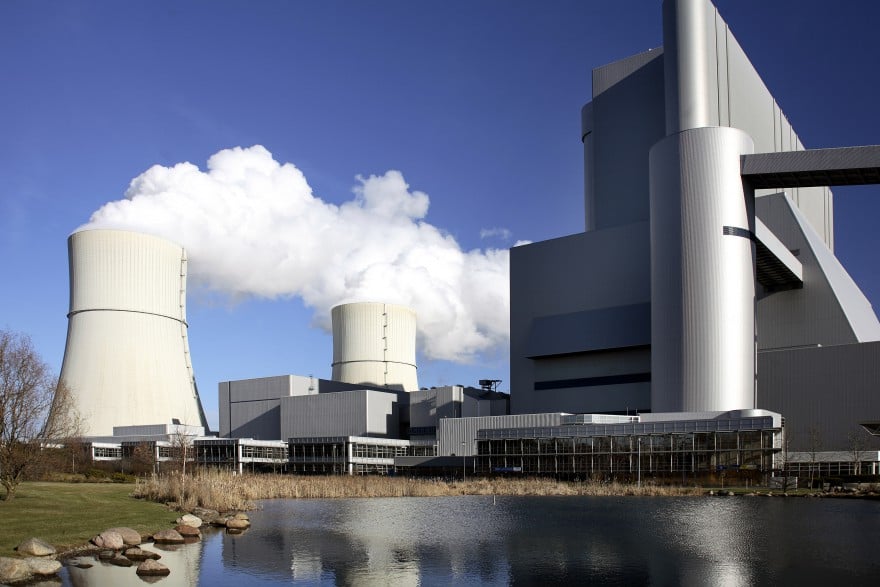
The climate issue
The greenhouse effect was noted by Vattenfall early on. But for 20 years it was partly overshadowed by other environmental problems that were regarded as more pressing – but which have now been solved. The climate change issue became topical again in the 1990s, and still is high on Vattenfall's agenda.
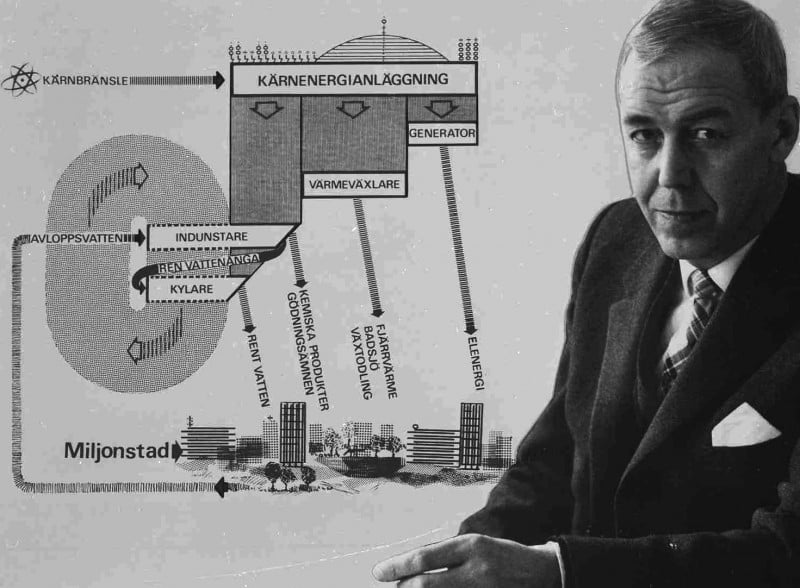
Jonas Norrby. Director general of Vattenfall 1970–1985. Year: 1968 | Place: - | Creator: Vattenfall | ID: VF000138
Vattenfall highlighted the potential climate changes that could result from carbon dioxide emissions back in 1971. The Director General Jonas Norrby wrote the following in an editorial in the staff magazine “Vi i Vattenfall”.
The increase in carbon dioxide content may well raise the temperature of the planet due to the 'greenhouse effect'. Even if it is a slow process involving only small temperature changes, it is possible that the conditions for life may change in the long term, for example, due to melting of the polar ice caps and the resultant rise in sea levels. However, conditions are complicated and any temperature increase may be offset by other factors. We know relatively little. And we know hardly anything at all about the effect of the increase in carbon dioxide content in other respects.
Experiments with CCS technology
Climate change was a hot topic for Vattenfall in connection with its acquisitions in Germany in the early 2000s. One of the purchased companies, VEAG, was involved exclusively in lignite-based electricity production. Vattenfall had hitherto been a relatively large European electricity producer with almost no carbon dioxide emissions. Now it was one of the companies that emitted the most carbon dioxide – more than Sweden's total emissions. This was a huge challenge for Vattenfall.
Criticism was not long in coming. In Sweden, the issue was even raised at parliamentary level. But there was also constant criticism from both political representatives and NGOs in Germany. Vattenfall then launched its efforts to capture and store carbon dioxide – CCS technology. Together with Chalmers University of Technology, Vattenfall conducted laboratory experiments in 2002, and a few years later a pilot facility was built at Vattenfall's power plant at Schwarze Pumpe in eastern Germany.
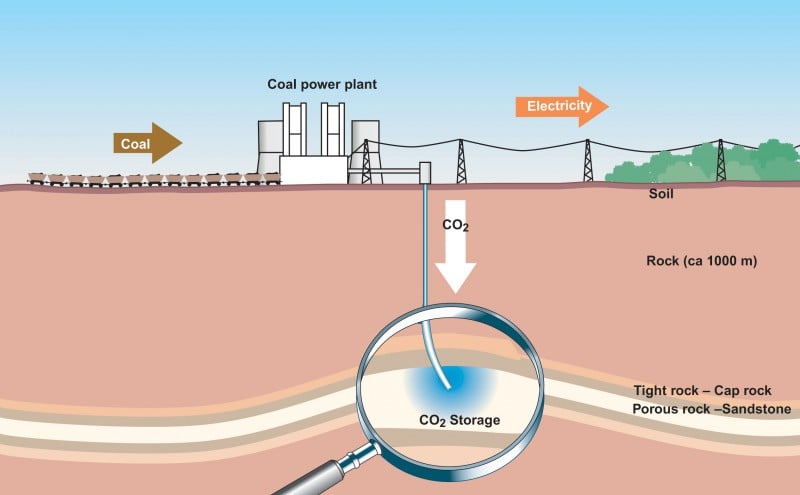
Carbon capture and storage (CCS). In the power plant the carbon dioxide released in the course of combustion is pumped down into a porous rock stratum that is covered by harder and impervious layers of rock. Year: - | Place: - | Creator: Vattenfall | ID: VF000140
The experiments at the pilot facility ran from 2008 to 2011. They showed that the capture technique in combustion with oxygen instead of air worked. Vattenfall then planned trials in transporting and storing the captured carbon dioxide – at a suitable nearby geological formation. But significant popular and political opinion in Germany upset these plans. There was great concern that the stored carbon dioxide would start to leak. Opposition also put a stop to other large demonstration facilities elsewhere in Europe under an EU programme. In the longer term, however, CCS is still regarded as crucial to managing the issue of climate change.
Climate issue at the top of the agenda
Shortly after the turn of the millennium then CEO Lars G Josefsson made the climate issue strategically important for the company. His vision was for Vattenfall to be climate neutral by 2050. In his role as president of the European power industry association Eurelectric, he also got 61 power company executives from 27 countries to sign a declaration on climate-neutral power supply by 2050.
The climate issue has not just created problems. It has also created new business opportunities, for example, in transport electrification. One example of this is the plug-in hybrid car Vattenfall developed with Volvo.
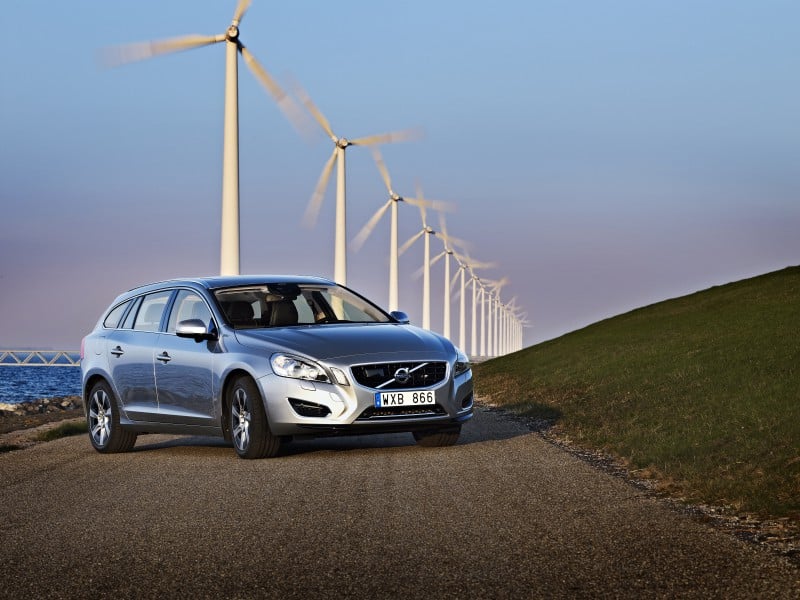
Volvo V60 Plug-in Hybrid. Year: 2012 | Place: - | Creator: Rico Ploeg | ID: VF000142

